Hi everyone!
So you like getting a cup at your local cafe, or you tried those portable drip filters (see picture below)? But you want to step up your coffee a bit further. You know that home brewing would be the way to go, but you’re not really sure what you need to get stated? Well in this post I will share the best things to get depending on your budget.

I guess that a lot of you are interested in starting home brewing, but you’re not really sure you will like it or continue doing it. So it’s natural that you don’t want to spend too much to start off. So I have arrange a $70 set of items which will get you started.
This set will actually make a great gift to someone who likes coffee (so, I guess mostly everyone).
By the way, I was researching what these portable drip filters where called in English, and realized that these things are only a thing in Japan. You can find these single cup drip packs of coffee everywhere in Japan, but it seems that they do not sell them in the US or the UK. They are really an awesome easy upgrade to instant coffee, so give it a try if you haven’t already. Sorry, I digressed. Let’s get on with the home brewing set.
What you need to brew coffee at home
The things you need to brew coffee at home are as follows. We will be looking at pour-over coffee today, since it is the simplest and most cost-effective way to brew great coffee.
- Coffee beans : That’s right, you need beans, not pre-ground coffee
- Grinder : Used to grind the beans, fresh
- Dripper : This is the brewing tool used for pour-overs
- Scale : Needed to weigh the beans and water
- Kettle : Just for boiling some water
I have chosen my personal recommendation for each category.
Without further to do, let’s jump right in to the list.
Home Brewing Set for
| Coffee Beans | Bean Box Coffee Sampler or some set similar at your local shop | $24.00 |
| Grinder | HARIO Ceramic Slim | $28.50 |
| Dripper | HARIO V60 (Plastic 1-2Cups) HARIO V60 Paper Filters 01 | $9.50 $6.98 |
| Scale | Use what you have | ー |
| Kettle | Use what you have | ー |
| Total | $68.98 |
side note : I wrote this post originally in Japanese, based on item prices in Japan. This set was originally intended to be around $50… It seems that HARIO products are quite a bit more expensive in the US (maybe for other parts of the world as well). This is understandable, seeing as HARIO is a company based in Japan.
I actually made another set in the Japanese version including the HARIO Switch Dripper for about $100. Turns out, the Switch seems to be pretty difficult to get a hold of in the US. And again it a lot more expensive at $59.50. It’s about 4360yen in Japan, which is around $40. So decided to get rid of this set. The Switch is an excellent dripper, but I didn’t feel comfortable recommending it for beginners, if it difficult to buy and is this expensive. If you are interested in the Switch, take a look at my review.
Explanations
OK, let me explain my choices.
Coffee Beans
This is very obvious but it is important to point out. A good cup of coffee comes from some good quality beans. This is the most important factor.
The difficulty is that people have different preferences about the coffee they like. Some people like full bodied developed flavors of dark roasted coffee, where as others may prefer the delicate and bright characteristics of light roasted coffee.
And what makes it even more difficult is the fact that people might not even know what they like, or may believe that they like one thing when in reality they actually like another thing better. I say this because, I personally was that person. Before I started brewing coffee at home I liked dark roasted coffee, and acidity or sour coffee did not appeal to me. But I heard that recent trends in speciality coffee preferred light roasted coffee which brings out more of the original characters of the beans. So I though I would give it a try, and what do you know, I am all for light roasted coffee now.
Thinking back, I think that the reluctance I had toward acidity in coffee was based on the not-so-good sour coffee I had up to then. This sourness comes from old rancid coffee and is a very very very different taste from the fresh acidity you find in good light roasted coffee. If you think that acidity in coffee doesn’t sound so good, I beg you to give good quality light roasted coffee at least one try. It may completely change your opinion, like me.
So beans are the most important factor in getting good coffee, and people like different kinds of coffee. For this reason I recommend that you start off with a set of different kinds of coffee from a good roaster.
In the US, this Bean Box Coffee Sampler from Bean Box seems to be a good choice. As a disclaimer, I do not live in the US, so I have never tried Bean Box’s products. From the website and what they value, they seem to be a reputable store.
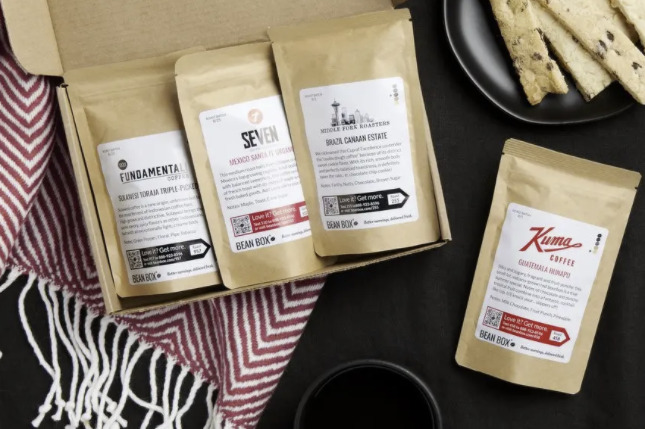
You may not live in the US either, so let me share some pointers to finding some beans that you can source.
First look for specialty coffee or single origin coffee. It’s always a good sign that the roaster knows exactly where the beans were grown. Not just the country or region, but to the exact farm.
Second, check that they mention freshness of the coffee. Freshness refers to the time since the beans were roasted. It would be best if they roast after getting the order, and ship it to you right away.
Third, when you are getting started with home brewing, see if they offer a sample set of different kinds of coffee. This could be different origins of the beans or different roast levels. You can get a good feel of what kind of coffee you like.
For readers in Japan, I recommend Horiguchi Coffee’s Sample Set. I personally have bought this set when I started off, and it was excellent quality coffee with good variety.

Another good option for where to purchase your coffee beans is to buy them from a local cafe. If you can taste the different beans at the cafe and buy the one you like, that is the safest plan. As an added bonus, you can taste the difference between the coffee you brewed your self and the one that the barista at your cafe brewed. That’s always interesting.
Grinder
A key element in brewing good coffee at home is to grind your beans fresh right before brewing them.
Coffee beans once ground, rapidly start to oxidize and loose their aromatic substances. Whole beans of course get bad, but the smaller surface area of the beans compared to grounds make them far more longer lasting.
And as a bonus, when you grind the coffee beans there is an explosion of amazing aromas released from the beans. Not grinding your beans means that you are missing out on this. Thats a big waste.
So how do you grind coffee beans? You will need a coffee grinder. There are many types including hand grinders and electric ones, but what I recommend for beginners is a hand grinder. The reason is simple, the cost. The one I recommend is Ceramic Slim grinder from HARIO
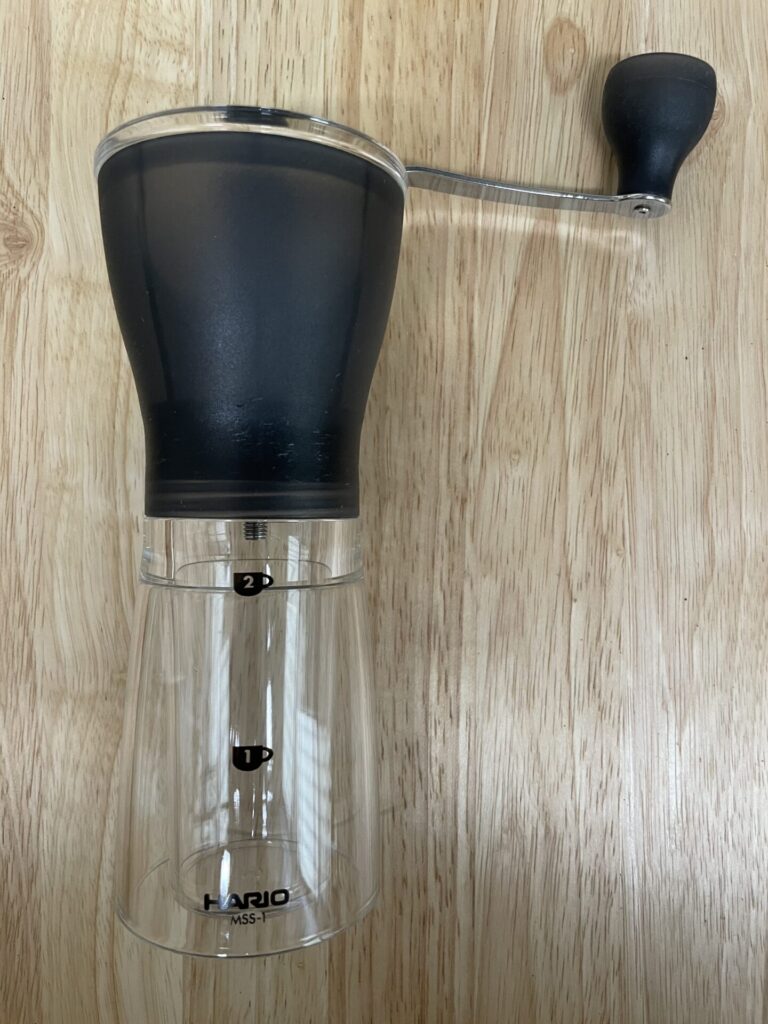
This is the grinder that I purchased when starting my coffee brewing at home, and I used it almost everyday for about a year. It grinds beans without any real issues and is easy to maintain. As a low cost entry model, it is difficult to beat.
There are far more expensive and higher quality grinders out there but it’s too much to start off with. Now that I am quite deep into coffee brewing, I think that the C2 grinder from TIMEMORE is extremely good value for the relatively low cost of around $80. I though of recommending this, but if I think back to when I was starting, I definitely was not spending $80 on a grinder.
An unintended benefit of starting off with the Ceramic Slim is that you get to experience the joy of upgrading your grinder. Even if you are very sure that you will upgrade your grinder eventually, I believe that the extra $30 for starting off with the Ceramic Slim, is well worth it in this respect. When you do start considering an upgrade, you might find this post interesting.
Dripper
The HARIO V60 is the gold standard of pour-over brewers. It is used all around the world.

The V60 comes in a variety of materials and sizes. The one I chose is the plastic version. The primary reason is its low cost. You can get them for under $10, and they perform just as well as any of the other materials. Some other materials include glass and ceramic which could potentially break, but with the plastic one, that’s really not an issue. (Although, esthetically the glass and ceramic versions do look much nicer.) Another upside is because of its low thermal capacity, it does not take away much of the brewing waters heat.
Within the plastic V60s you have a choice of 3 different size and 3 different colors. As for the color, pick any one that you like. For the size, the 3 types are 1-2cup, 1-4cup, 1-6cup brewers. You should choose the size depending on how much coffee you brew at one time. It may seem like the bigger one would always be better, but the larger ones take up more space, and the larger size makes pouring accurately slightly more difficult. I suggest that you get the minimum size that meets your brew batch.
The paper filters also have sizes, so please make sure to get the right one.
Scale
OK, I agree that saying “use what you have” is kind of cheating. But hear me out.
When you are just starting off, any kitchen scale which can weigh things to 1g accuracy is perfectly fine. I believe that many people already have some sort of kitchen scale, so its best to skip buying a new scale for coffee just yet.
Specialized scales for coffee do exist. And they will be a great addition to your tool kit when you get deeper into coffee brewing. The key differences of these coffee scales and normal kitchen scales is that they measure to 0.1g accuracy and they also have a timer function. They may your brewing experience better, no doubts there. But I don’t think they are absolutely necessary for beginners.
If you like brewing at home and eventually think about getting a coffee scale, or you don’t have any sort of scale available, the TIMEMORE BlackMirror scales are great choice. I have a review for theses scales so maybe jump there when you are ready.
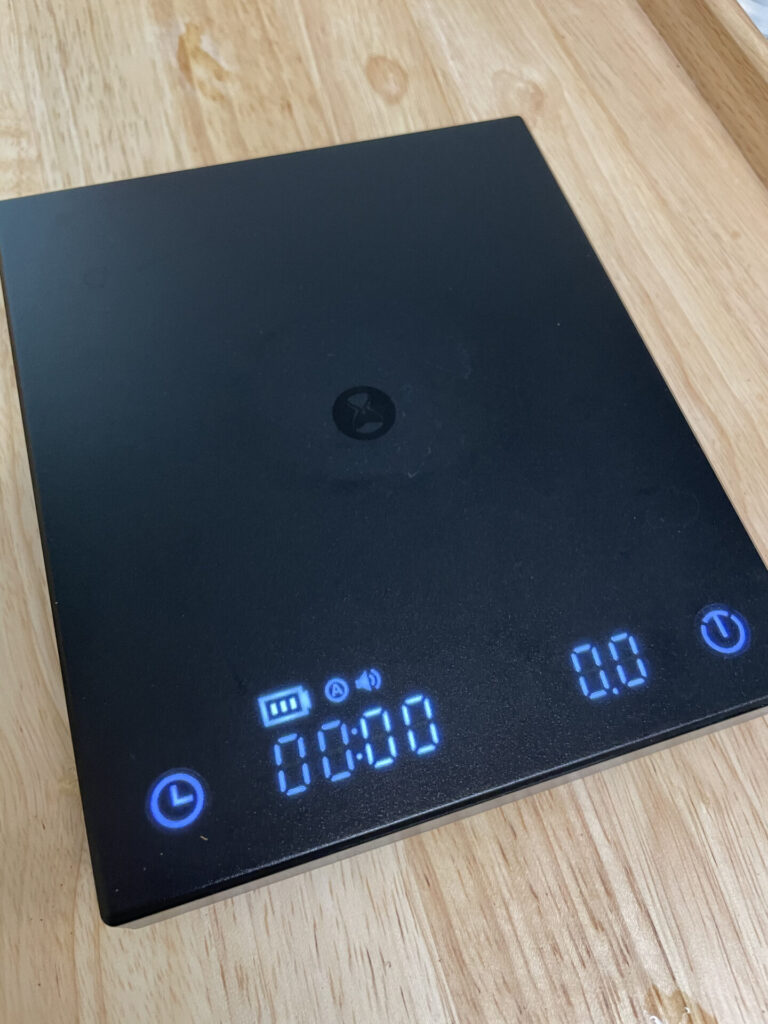
Kettle
This is also something that I think you can pass on when you are just getting started.
I believe that most people will have some sort of kettle, whether it be a normal one or an electric one. Those will do just fine for coffee brewing.
To tell you a story, I bought the HARIO Buono kettle when I first started brewing at home. In Japan the popular pour-over method is to pour very slowly and carefully and make like a dome of coffee grounds. So for this type of pour-overs, a goose neck, thin spout kettle seemed necessary.
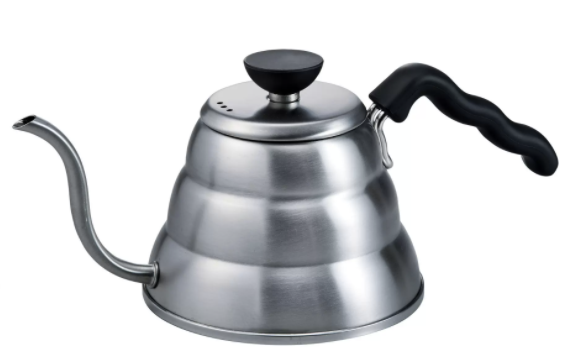
The kettle is well made and its quite nice, but it is an additional $50 you have to spend (it was around $25 in Japan). I believe you can brew great coffee without a special kettle and $50 is just not worth it.
Just want to note that I do not have any negative things to say about this specific kettle. Its nice looking and very worth its price.
One of the reasons I think you can skip on the kettle is that once you get serious about coffee brewing you will start to want to control the temperature of your brew water. You could use a thermometer to measure and adjust it with normal kettle, but this is just so tedious.
So in the end, you end up buying an electric temperature controlled pour-over kettle anyway. This is exactly what happened with me, and the Buono Kettle is unfortunately never gets used anymore. Its not too late to wait until then to buy a special kettle for pour-overs.
Summary
Hopefully this guide clarified the things you need to get started with coffee brewing at home. I would be thrilled to hear if this guide helped you in any way to start your brewing experience.


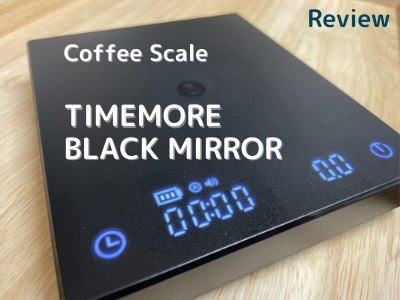

コメント